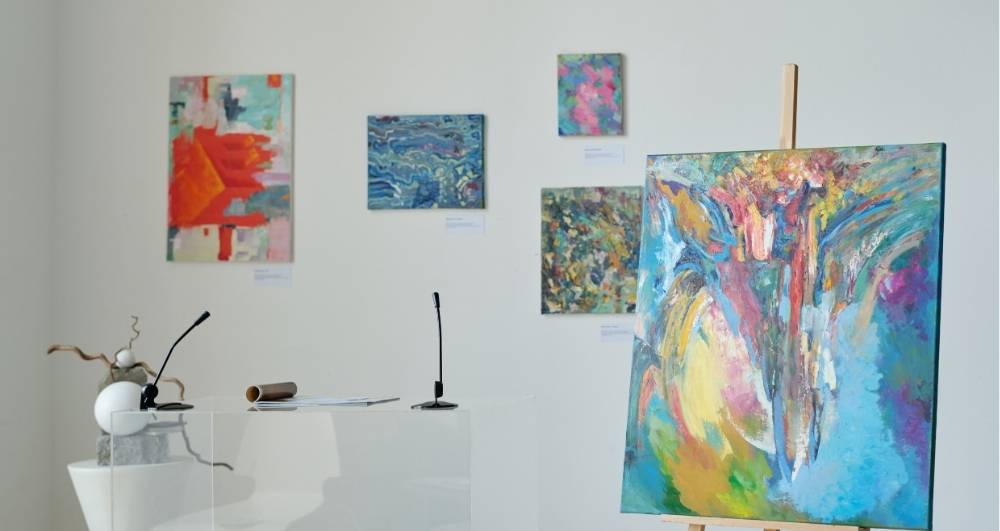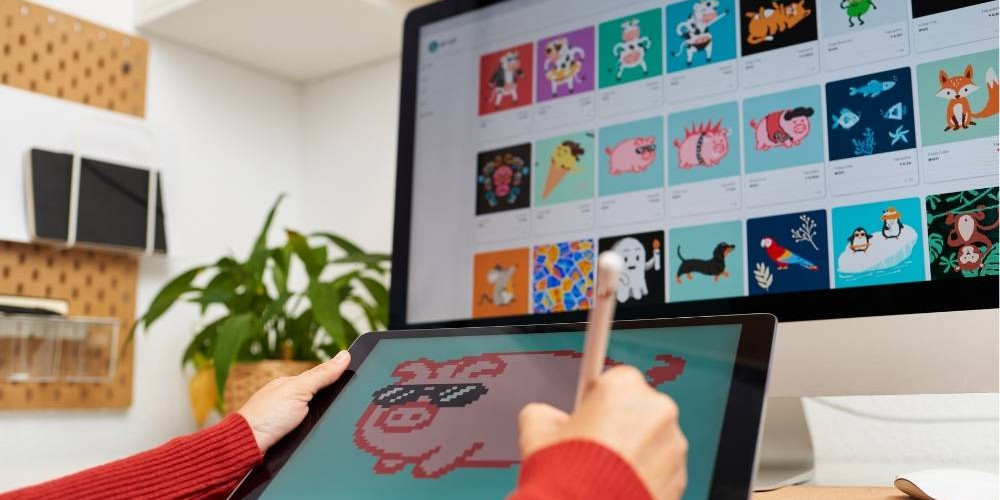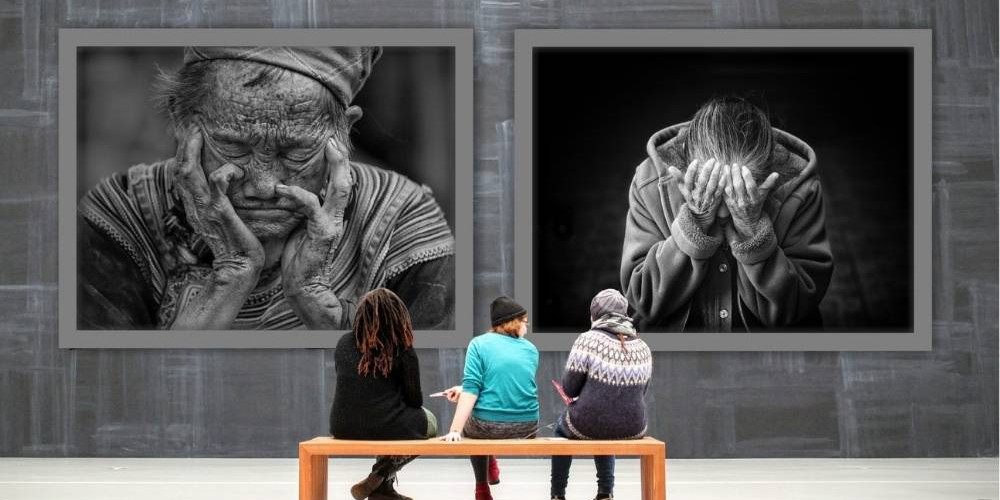Art has always been more than decoration—it is a language without words, a way to capture emotions, ideas, and history that words often cannot express. Across cultures and generations, visual storytelling has shaped how we understand the world and ourselves. Today, the power of art remains just as timeless, reminding us of the deep connection between creativity and human experience.
Art as a Universal Language
One of the most remarkable aspects of visual storytelling is its ability to transcend barriers. A painting, illustration, or drawing can communicate across cultures without the need for translation. Whether it’s joy, struggle, or transformation, art gives form to experiences that every person can recognize in some way.
Preserving Memory and History
From ancient cave paintings to modern works, art has been humanity’s archive. Visual storytelling preserves not just images, but emotions and contexts. Every brushstroke or line can hold a fragment of history, turning the ordinary into something eternal.
Inspiring Reflection and Dialogue
Art has the unique ability to provoke thought. A powerful piece can spark conversation, challenge perspectives, or inspire someone to see the world differently. Visual storytelling isn’t passive—it invites viewers to engage, interpret, and reflect.

Personal Expression and Emotional Impact
Artists use storytelling to express identity, values, and experiences. Whether through realism, caricature, or abstract forms, art creates a bridge between the artist’s inner world and the audience. The impact of a single image can be more lasting than a thousand words.
The Enduring Value of Visual Narratives
In a digital age saturated with fleeting content, timeless artworks stand apart. They remind us that visual storytelling is not just about images—it’s about meaning. Each work becomes part of a larger narrative, influencing culture and inspiring future generations.
Final Thoughts
The power of visual storytelling lies in its ability to connect people, preserve memory, and evoke emotion. Art endures because it speaks to something universal—our shared human story. Whether capturing a fleeting moment or shaping cultural identity, art continues to prove that storytelling through visuals is as timeless as it is transformative.



